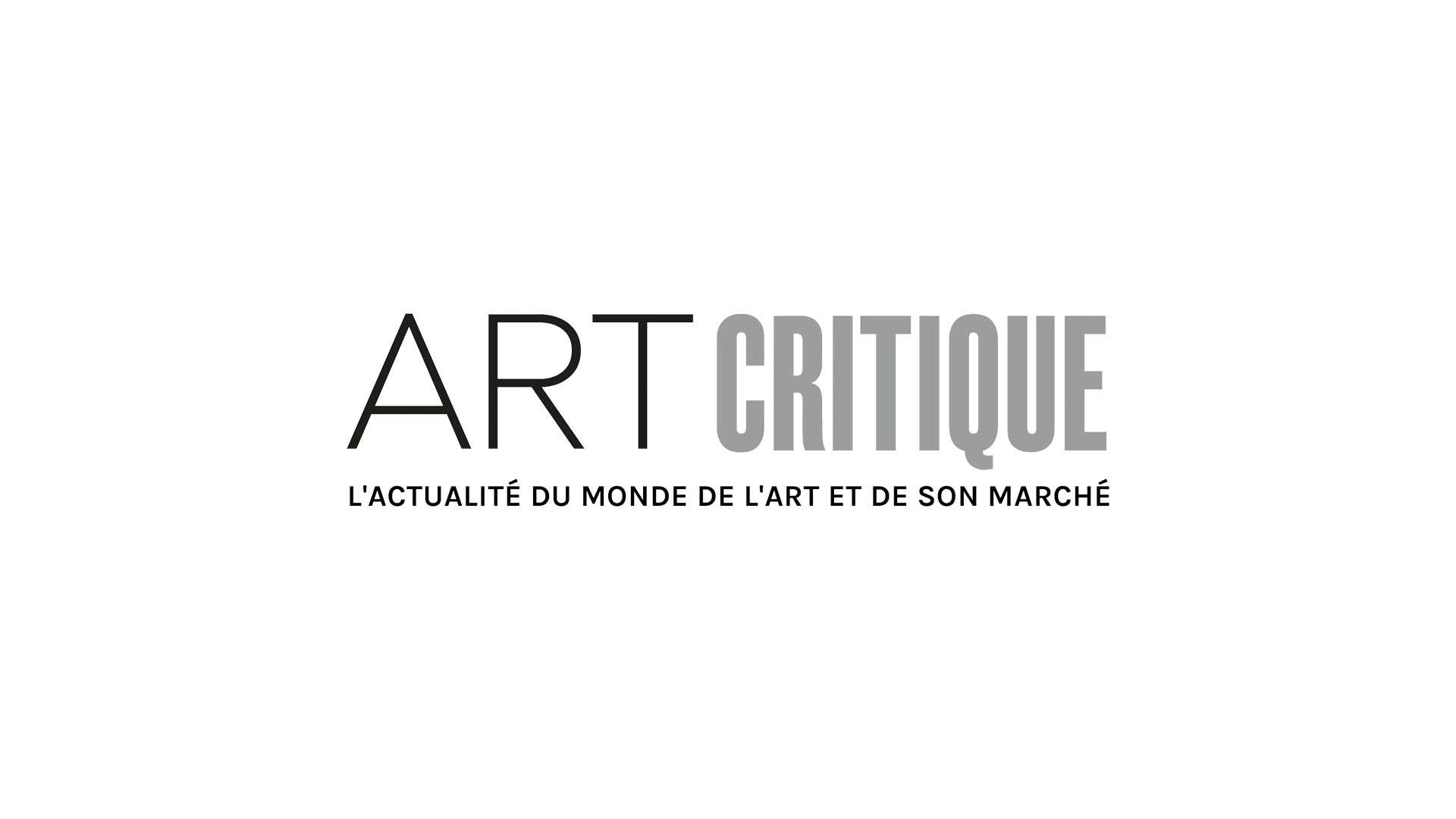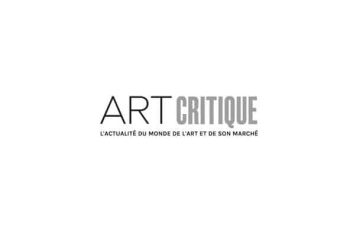The Price of Everything presents a capricious art market that places living artists at the mercy of a few leaders with many followers. The film presents three vignettes that offer glimpses into the reality of the contemporary art market: the collector, the auction house, and the artist. This review illustrates the bittersweet cycle created for artists by collectors and the art market. Some artists, such as Larry Poons, find their only defense against fate to be color.
The Collectors
The documentary presented a few art dealers and galleries, but the scene stealer was the collector Stefan T. Edlis. A Holocaust survivor and retired plastics manufacturer, Eldis shares his experience as a collector and his passion for contemporary art throughout the film. He began acquiring artworks in the 1970s but soon grew his collection to include 200 works by 40 different artists: Jeff Koons, George Condo, and Maurizio Cattelan to name a few. He goes on to describe the field of wealthy collecting as a place with few leaders and many lemmings. While he uses collecting as a form of decorating, patronage, and investing, he is also supporting contemporary artists, many of whom are living. At one point, the filmmaker asks Edlis, “What happened to Larry Poons?” To which he responded that he fell out of favor for ambiguous reasons. This response highlights the power with which the collectors’ collective consensus selects the artists that deserve investment.

The Auction Houses
Later in the film, art dealer Gavin Brown describes the perversion of the contemporary art market as a place “where art is an asset class – auction houses are a trading house for assets.” This monetary approach is best illustrated through the contribution of Sotheby’s executive, Amy Cappellazzo. Every time she discusses art objects, she describes them as assets. Her perspective seems to have little to do with the artists and everything to do with the collectors to whom she can sell the works. Cappellazzo discusses her formulaic approach to art auctions while she grazes across images of Gerhard Richter’s artworks and assembles the catalog for the Ames Collection auction. One of the filmmakers confronts her perspective by informing her that Gerhard Richter doesn’t want to have his work decorate the houses of wealthy people or sold for the prices of homes – he wants them in museums. Her response is, “Museum are great, we love them but, they are also – I mean if they have too many they’ll never come upstairs and see the light of day. So then it’s a cemetery. Why do you want your things in a cemetery? So museum for him, that’s just a very socialist democratic way of, like, avoiding having to deal with rich people who want them.” The dark side of the art auction is that the artists are not the ones who are paid record-breaking prices for their artworks: they only get paid for the initial acquisition.
The Artists
Five artists are interviewed in the documentary: Larry Poons, Jeff Koons, Marilyn Minter, Njideka Akunyili Crosby, and George Condo. Apart from Jeff Koons, the artists describe auction houses as dangerous and frightening places that have nothing to do with the act of making art. Many collectors flip artworks to profit from the little they paid the artists – in some cases, after only owning them for a few years. The documentary shows viewers the spectrum of “success” for well-known artists by comparing Jeff Koons with Larry Poons. The interview with Koons is set against the backdrop of his bustling studio, where 20 plus assistants replicate art history’s most celebrated artworks. Conversely, Poon’s conversations either occur in nature or in his secluded studio. The contrast illustrates the difference between the darling of the auction houses and the renegade artist seeking enlightenment. Most artists expressed a preference for their works to grace the walls of museums; however, most art institutions cannot afford to buy their paintings at auction houses. Instead, artists must wait for a benefactor – like Edlis – to gift 400 million dollars’ worth of contemporary art to a public-facing institution such as the Chicago Institute of Art.

The documentary, which focuses heavily on Poons, ends on a bittersweet note: a gallery show of Poon’s latest paintings. In almost the same breath, the viewers are told by an art dealer that Larry Poon’s work has been “found again” – and by an art historian that investors are eyeing his work because collectors speculate that he may be the most undervalued artist. The Price of Everything is available on HBO offers an engaging and eye-opening glimpse into the contemporary art market’s principal players: the winners and the losers.





